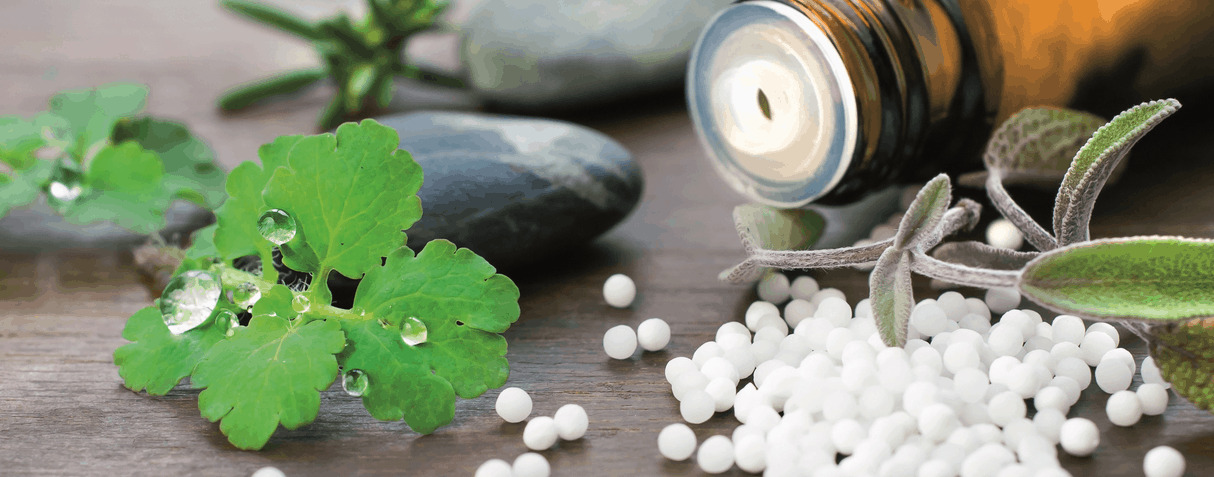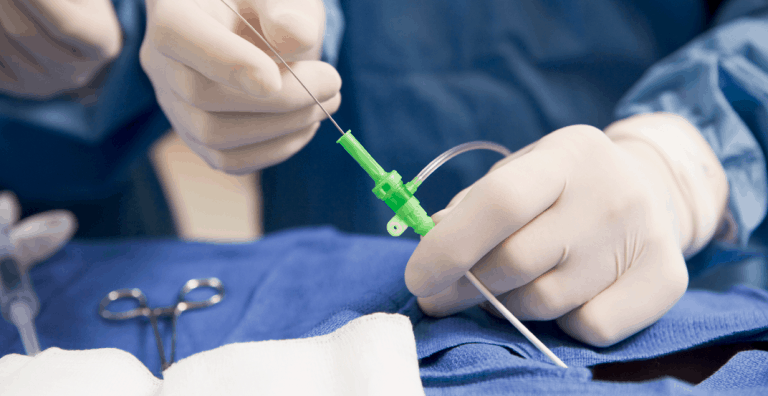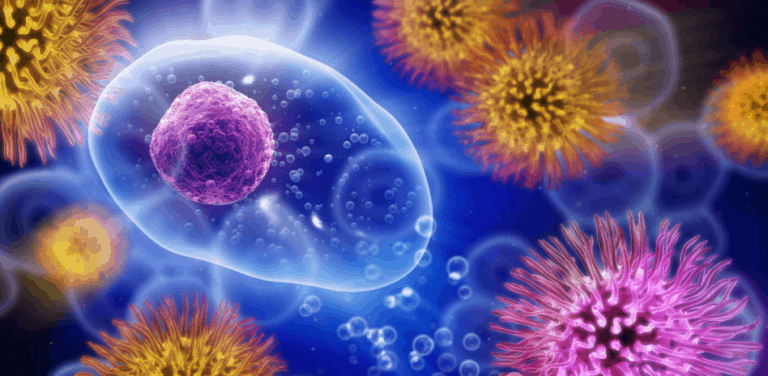Homeopathy is a system of healing that has been in use for hundreds of years. It is based on the idea that “like treats like.” Homeopathy treatment for prostatitis is considered one of the alternative treatments for chronic prostatitis/chronic pelvic pain syndrome (CP/CPPS), but there is not a lot of supportive scientific data for using homeopathy. It is more popular in Europe than it is in the U.S.
The concept of homeopathy is that that the best way to treat a condition or symptom is to take a tiny dose of a substance that might cause the same symptom in a healthy person. This is said to stimulate the body’s natural healing resources and restores good health.
The most similar concept to homeopathy in conventional medicine is a vaccine, but they are not the same thing. When people are given a vaccine, they receive a mild or dead version of a disease they do not want so that the immune system can build up a defense against it. Homeopathy differs in that it does not give patients the same thing that is causing their symptoms (which they already have rather than are preventing, as with a vaccine), but it gives patients a small amount of something else that can cause the same symptom.
How Does Homeopathy Treatment for Prostatitis Work?
Like doctors who use the “NPAT” Treatment Program for Prostatitis to look at and treat a patient’s whole-body health holistically, homeopathic physicians are trained to look at all aspects of a patient’s health. This may include his social, physical, emotional, mental, and spiritual health. Exploring all these helps the practitioner determine the right homeopathic treatment for prostatitis that is best for the patient.
Homeopathic remedies contain just the essence of the original ingredient, which means there is no physical trace of it. Homeopathy has many opponents who say this does not work. On the other side, proponents of homeopathy say that this essential essence is all that is needed to work. Still, others claim that the placebo effect is the effective part. Patients experience a placebo effect when they experience an improvement in their symptoms that cannot be attributed to any treatment. Perhaps it works simply because they believe it will work, which is why many studies include a placebo group. However homeopathy works, it does have a following of people who believe in its power. Many patients are drawn to it because it does not cause the side effects associated with conventional drugs, so people looking into natural and alternative treatments find no harm in trying homeopathy.
You can find several homeopathic treatments for prostatitis, including the following:
Sabal serrulata (saw palmetto) is used as a homeopathic remedy for prostate cancer, but in cases of prostatitis it can help patients who have difficult urination or burning with urination. The same plant, Saw palmetto, is a supplement that is used in much higher doses as a natural treatment for prostatitis. Men have been using saw palmetto as a supplement for centuries to help relieve prostate problems, including urinary symptoms and pain.
Thuja is said to help with enlarged prostate.
Pulsatilla is taken for pain in the prostate after urination and sharp pains or spasms in the prostate area that extend into the bladder and pelvis. Pulsatilla is said to be good for the man who experience aggravation of pain in the prostate after urination. A thick, bland discharge from the penis may be present. Men who have strong general symptoms can be given Pulsatilla even when the specific symptoms do not clearly confirm it.
Chimaphilla umbellate is useful when applied pressure worsens soreness in the prostate gland region—especially during sitting or if the man has the sensation of sitting on a ball or of painful swelling. Discharge of mucus from the penis or the presence of stringy mucus in the urine may be present.
Kali bichromium is recommended for prostate pain that is aggravated by walking or men who feel like they must stand still for relief. Symptoms include needlelike pain or drawing pains that extend from the prostate into the penis, burning in the urethra after urination, or discharge of very thick, sticky, or stringy material from the penis.
Causticum may be a good choice for men who experience pressure and pulsations in the prostate with pain extending into the urethra and bladder after passing a few drops of urine.
Lycopodium is indicated for men who feel needlelike pains in the bladder and anus as well as pressure in the prostate that is aggravated during and after urination.
How to Use Homeopathy Treatment for Prostatitis
If you are interested in trying homeopathy, it is recommended to find and work with a homeopath who is experienced with prostate problems. You can contact the Society of Homeopaths to find names of homeopaths near you. If you are treating prostatitis at home, you may follow different courses of oral treatment based on whether your symptoms are acute or chronic. Generally, for acute symptoms, take one dose two times a day for up to five days and decrease frequently as the symptoms improve. For chronic cases, as with CP/CPPS, take one dose of the 30th potency per day for five days, or a low potency twice daily for up to two weeks.
In acute cases, if you do not see any improvement after 36 to 48 hours, you should try another medicine. In chronic cases, if the symptoms have not improved within 10 to 14 days, you should move on to a different remedy.
There are many other well-researched natural and alternative treatments for prostatitis that you may also want to consider. Many supplements can help with prostatitis symptoms, and they are part of other holistic programs such as the “NPAT” Treatment Program for Prostatitis, which involves several natural and alternative therapies such as:
- Natural treatments (ALCAT, elimination diets, and wheat-free diets);
- Phytotherapy (pollen and quercetin together with probiotics);
- Alternative treatments (acupuncture, prostate massage, pelvic rehabilitation and therapy); and
- Total body (exercise, chronic stress management, lifestyle).
As a rule, most men who have CP/CPPS do best by following a multimodal treatment program. Treating CP/CPPS can take patience and time, but if you employ many different treatment methods, you will find the right combination that helps relieve your individual symptoms.







